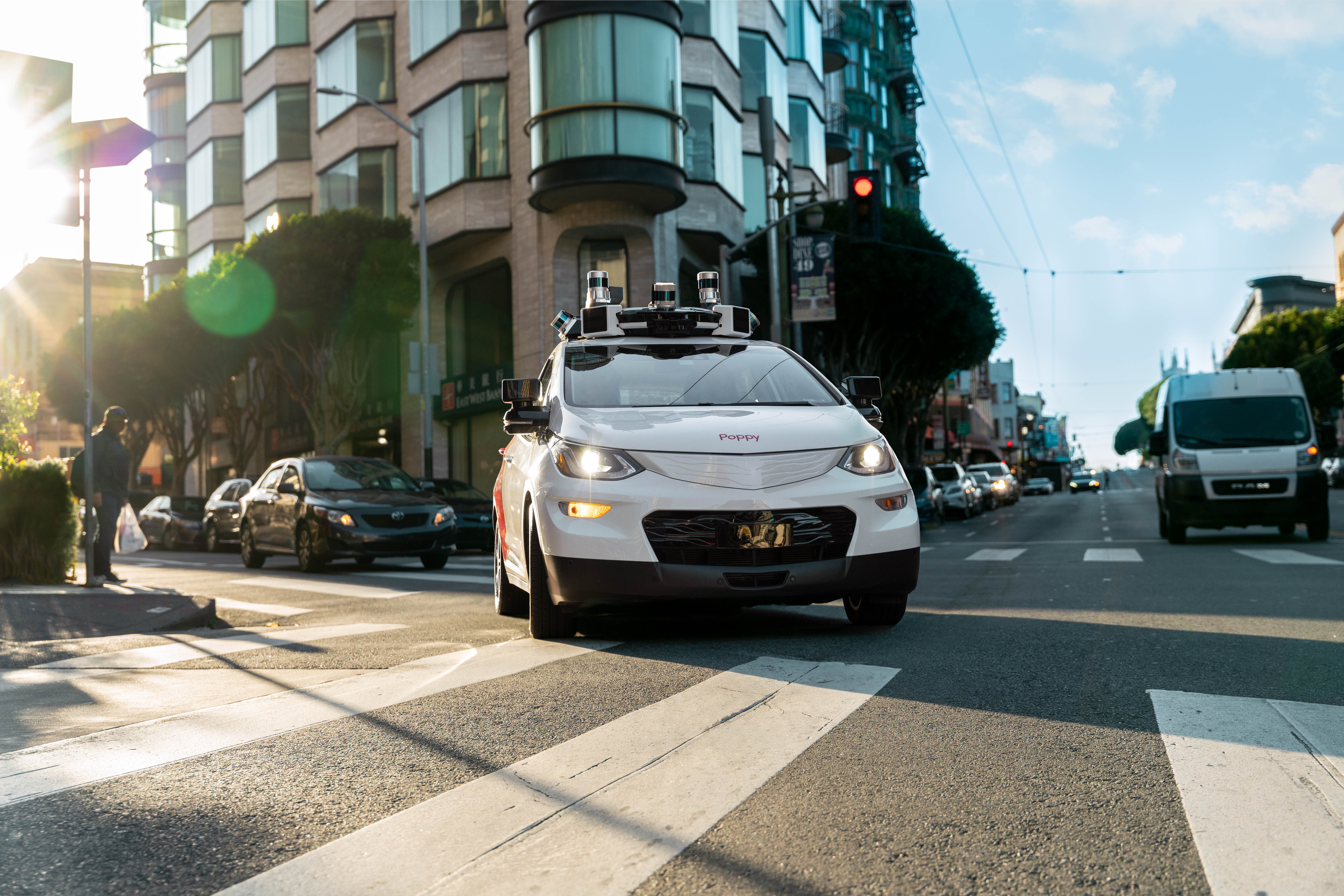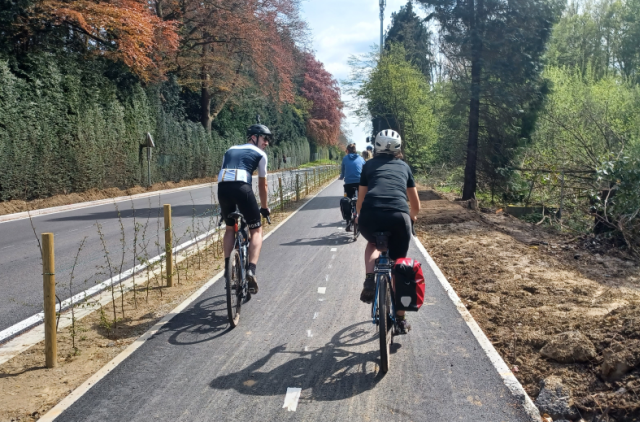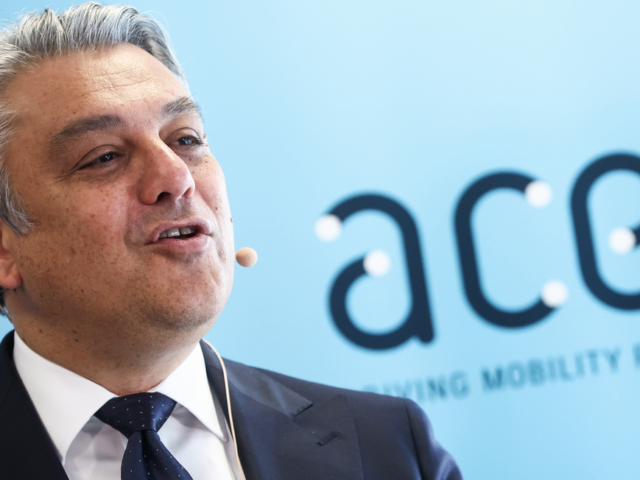
Cruise reboots its autonomous driving program with… drivers

Cruise resumes cautiously and without automated driving activated. /Cruise
After an accident in San Francisco caused Cruise to suspend its operations with its robotaxi fleet nationwide, it announced that it would re


Comments
Ready to join the conversation?
You must be an active subscriber to leave a comment.
Subscribe Today